
An Inside Look at the Chicago History Museum’s Mainbocher Exhibit
Known as the designer of Wallis Simpson’s dress when she married the Duke of Windsor in 1937, Main Rousseau Bocher was the first American couturier in Paris. His story and work is the subject of the “Making Mainbocher: The First American Couturier” exhibition at the Chicago History Museum.
An undercover intelligence agent during World War I, Bocher had a good singing voice and studied music as his cover while working in Paris. Encouraged to become a professional, he stayed in France after the war to continue his studies. Sadly, his voice failed on the night of his debut.
Without a job and with little savings, Bocher began selling fashion illustrations to Harper’s Bazaar. He moved to Vogue in 1923 and became editor-in-chief in 1927.
He resigned in June 1929 to establish his own couture house with a group of wealthy investors. He took on the name Mainbocher, a combination of his first and last names.
Photo: The Metropolitan Museum of
Art, New York, Irene Lewisohn Costume Reference

Mainbocher located his salon on the third floor on a quiet residential street in Paris. Unlike other couturiers, he established a “caution”–a fee to see the designs; this fee was applied to any orders clients placed. This reduced copying by other designers, manufacturers, and retailers. His business flourished, and he bought out his original investors.
Photo: Bettmann/Bettmann Nast Collection/Getty Images

He invented or popularized many designs that have become staples in our wardrobes: the short evening dress (1931), the strapless dress (1934), and the cinched-waist silhouette (1939). By 1939, his business had earned $2.5 million dollars (about $43 million today.)
Mainbocher closed his couture house in 1939 as the Germans moved into France. He returned to the United States and opened a small salon in New York City. Many of his Paris customers had been Americans, so it wasn’t a surprise that his first collection was wildly successful. He moved to a new, larger salon near Tiffany & Co. on 57th Street in Manhattan.
An astute businessman, Mainbocher had learned the value a full two-page magazine spread when he was a fashion editor and always insisted on it.
An arbiter of fashion, Mainbocher created the most luxurious and most expensive garments. Frequently inspired by fabrics, he designed with men’s suitings and cotton ginghams as imaginatively as with silks and satins. Unlike Christian Dior, who created a new silhouette each year, Mainbocher’s designs fused high fashion with function; the designs were timeless and easy to wear for many years.
Known for his elegant, understated designs, Mainbocher also created uniforms for the United States Naval Reserve Women Accepted for Volunteer Emergency Service (WAVES); the Girl Scouts; and nursing students at Chicago’s Passavant Memorial Hospital.
Mainbocher designed uniforms for the US Naval Reserve’s WAVES.
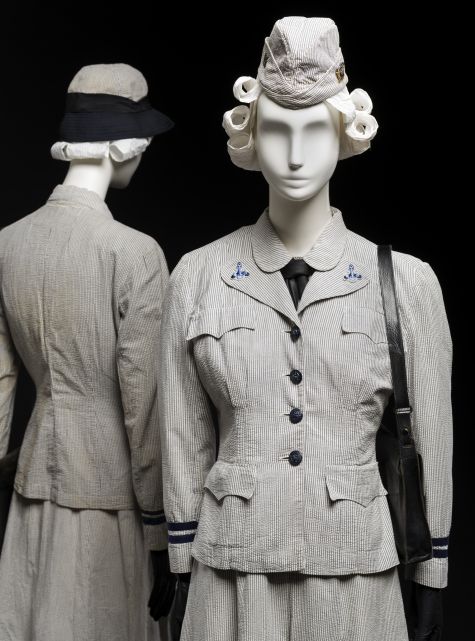
This menswear-fabric, bias-cut skirt is designed with godets. Its side placket opening fastens with snaps.
Inside this gray wool jacket, a satin facing at the back neckline ensures comfort, and underarm shields protect the lining.
Several dresses in the exhibition are trimmed with beadwork to simulate jewelry. The 1930s designs may have been for clients who wanted to be elegantly dressed when traveling but didn’t want to take their jewels. Later, they were probably added because many other trims and fabrics were made scarce by wartime restrictions.

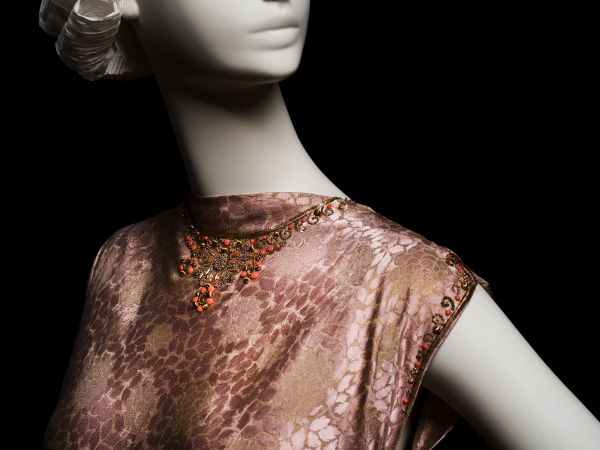
Mainbocher frequently used red for ballgowns. This 1947 dress is fabricated in velvet and trimmed with beads and sequins.

During the 1940s, one of his most popular designs was the jeweled evening sweater, which was casual but chic and sophisticated.
Equally chic and practical for air-conditioned rooms were the matching shawls and scarves that accompanied dresses in the 1960s.

Making Mainbocher: The First American Couturier is at the Chicago History Museum, 1601 N. Clark Street, Chicago, until August 20, 2017. Dedicated to the life and legacy of Mainbocher, this exhibition is sponsored by the Costume Council of the Chicago History Museum and curated by Petra Slinkard. It features 30 garments, numerous photographs, illustrations, and oral histories.
Learn more about Mainbocher and this wonderful exhibit by watching this video.
Photos courtesy of the Chicago History Museum
References:
1. Chicago History Museum, Making Mainbocher: The First American Couturier exhibit, https://www.chicagohistory.org/exhibition/making-mainbocher/
2. Chicago History Museum, (2016). Making Mainbocher: The First American Couturier, [Press Release].


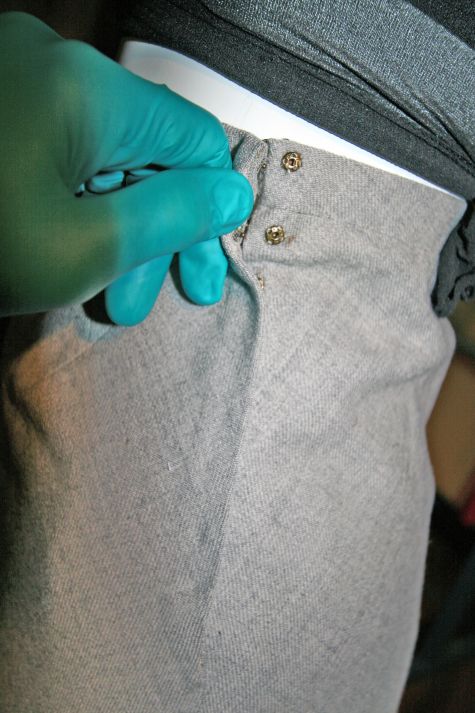

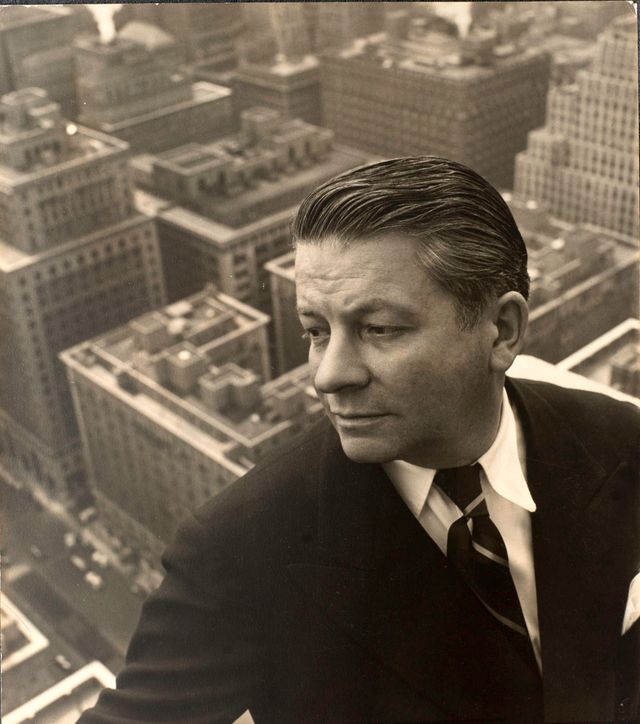

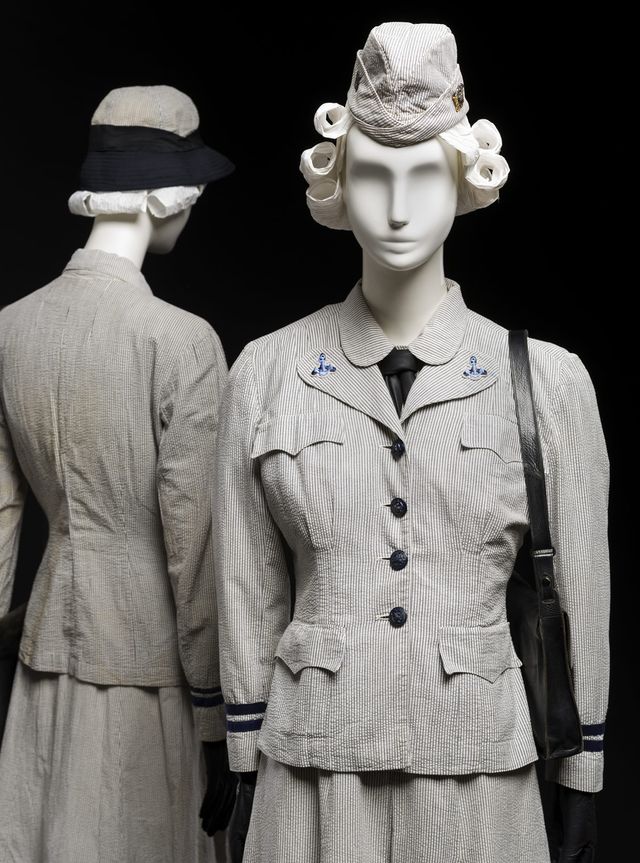
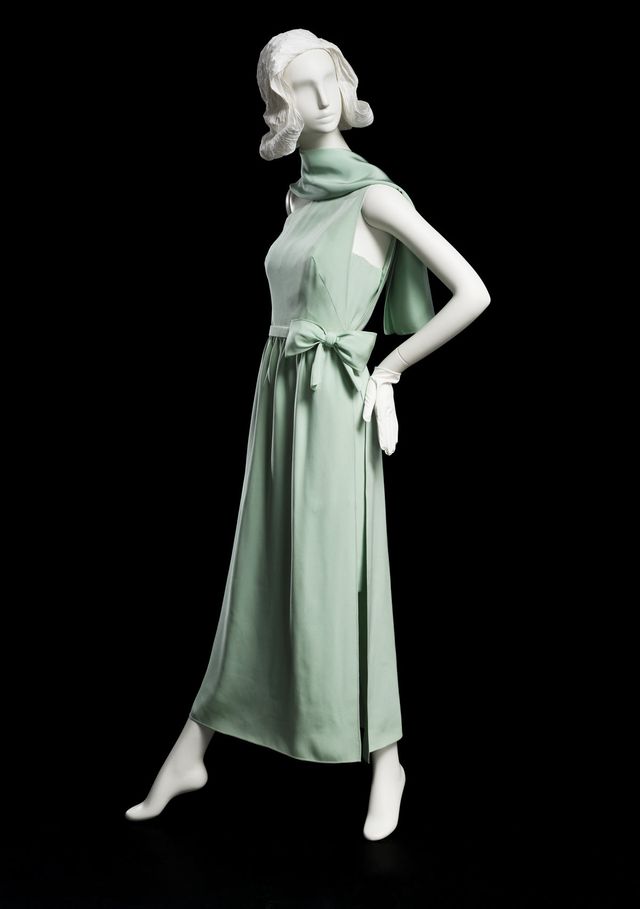
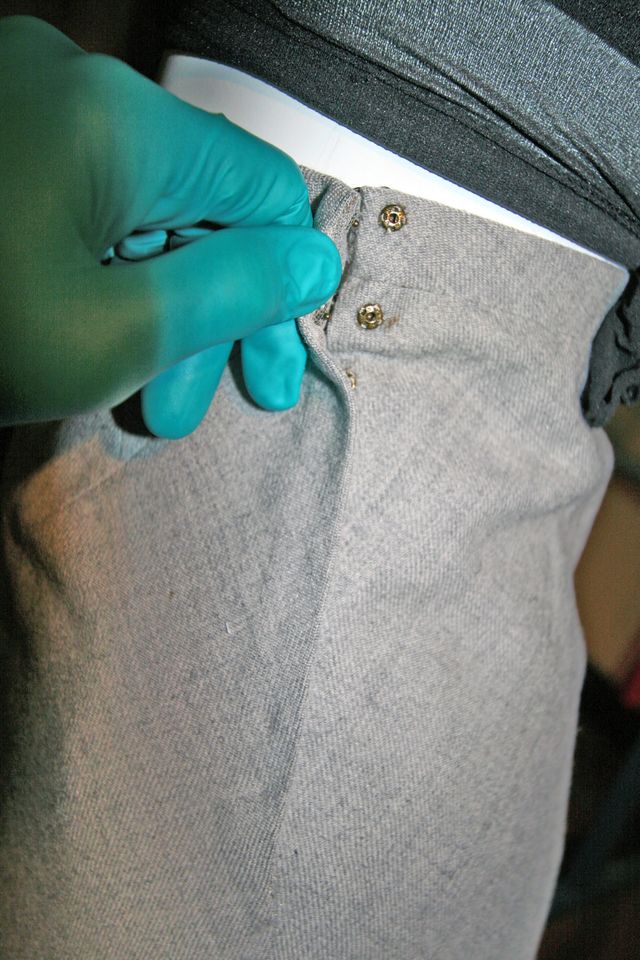
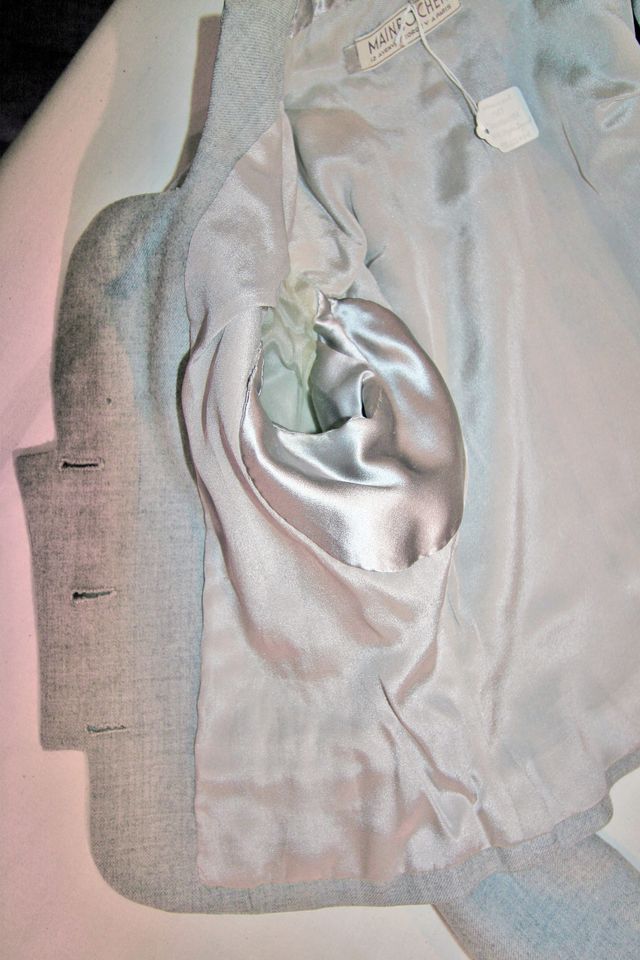


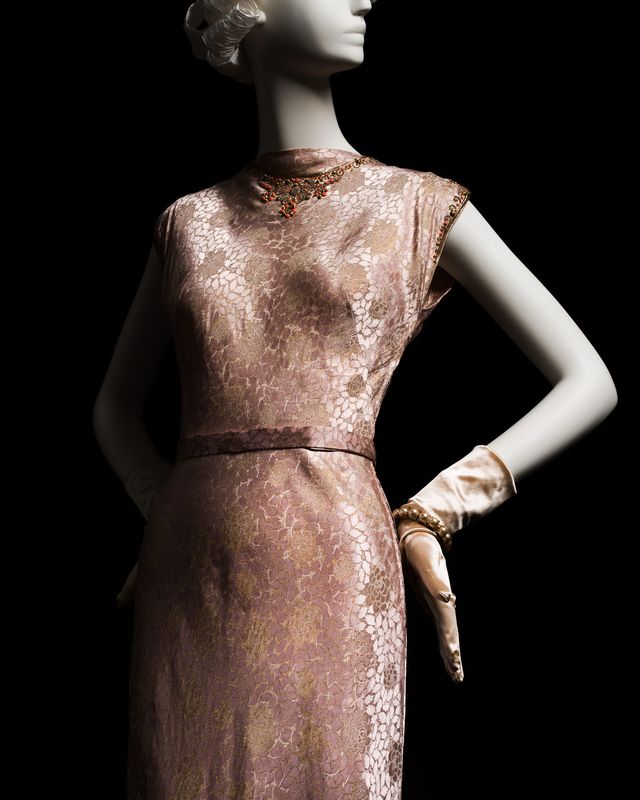

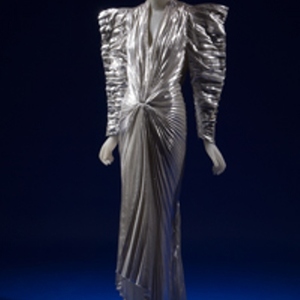
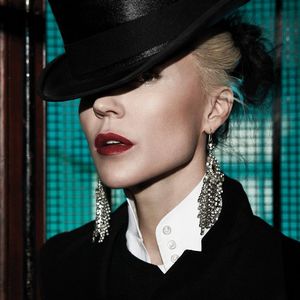

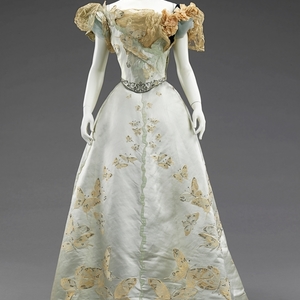


























Log in or create an account to post a comment.
Sign up Log in